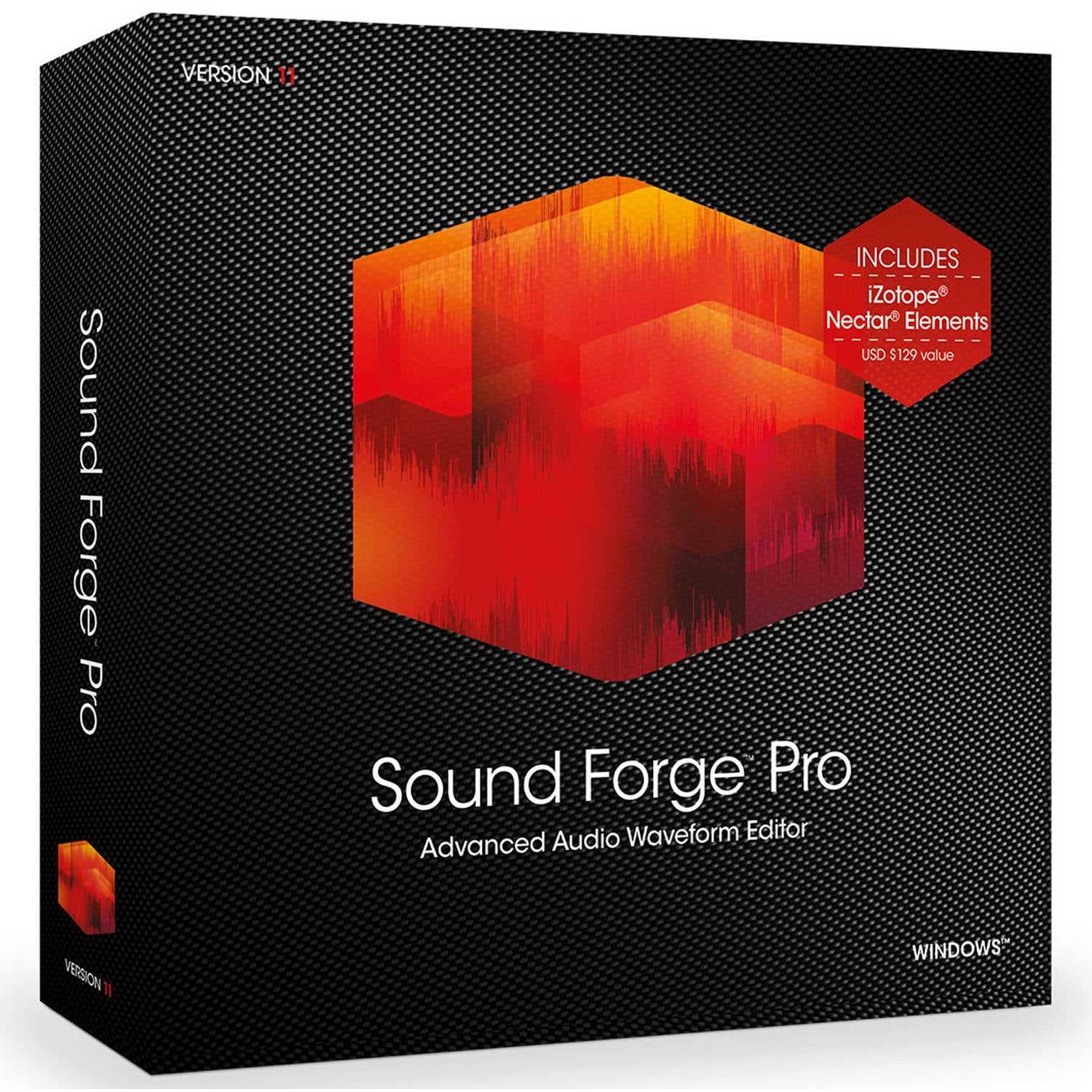

Now that we understand why Corsi is good, we can also understand where it has flaws. Second, and most importantly, Corsi has been statistically proven to be one of the strongest predictors of the likelihood to win a game: the team that shoots the most pucks towards the net is most likely to get the ideal outcome! Next time you hear "the team tilted the ice in their favor," or "the team controlled possession," it's likely rooted in Corsi.Īlso Known As: Unblocked Shot Attempts | Unblocked Shots | Unblocked Shot Volume Why is Corsi helpful? First, it's a more complete representation of the offense that a team is generating - it's all the pucks being sent towards the net - and it also represents the workload a goaltender faces. Corsi can be measured "for" a team / player (CF) or "against" a team / player ("CA") as an on-ice measure or individual count. You can come up with this number on your own simply by adding the first three columns on an NHL scoresheet.

Corsi doesn't just count shots in the traditional sense, it also counts missed shots (pucks that miss the net), and blocked shots. If you watch even a few minutes of hockey, you'll notice that a lot more pucks are directed towards the net than those that either go in or are played by a goalie. When you see a "shot count" on a scoreboard or a box score, that number represents only pucks that either go into the net (and become a goal) or are stopped by a goaltender. This is also why using video with data is key.) But for now, let's look at what analytical information is most commonly used in hockey and what it tells us.Īlso Known As: Shot Attempts | Shots | Shot Volume | Possession Should you dig even deeper into analytics, you will rightly find that today, there are questions we have that analytics can't answer because we don't have the information (hopefully, future player and puck tracking data will help. There's a lot we don't currently have: where is the puck at any given time, where exactly are players in relation to a play. In fact, the roots of hockey analytics are based solely in "shot data": where was a shot taken, by whom, what kind of shot was it, and what was the outcome? From there, some measures do bring in mathematical complexities, but from the start, hockey analytics has really been about what numbers do we have that truly hold meaning in understanding the game.

It's easy to think that "analytics" are crazy mathematical formulas that may feel intimidating to understand, but that's not necessarily the case! In hockey, almost all publicly available data is based on data that the NHL keeps track of and publishes. Analytical-based numbers help us gain a deeper understanding of what a team or player really is, beyond just looking at results. Information that is classified as "analytics" gives us a level of probability attached - if Team X does this, it's likely that this other thing happens.

The most important thing to understand about "analytics" is that unlike numbers that describe what happened (how many blocked shots in the game? How tall is a player? What is a team's win-loss record on a Tuesday?), analytics undergo mathematical rigor to prove that they have some meaningful predictive value.


 0 kommentar(er)
0 kommentar(er)
